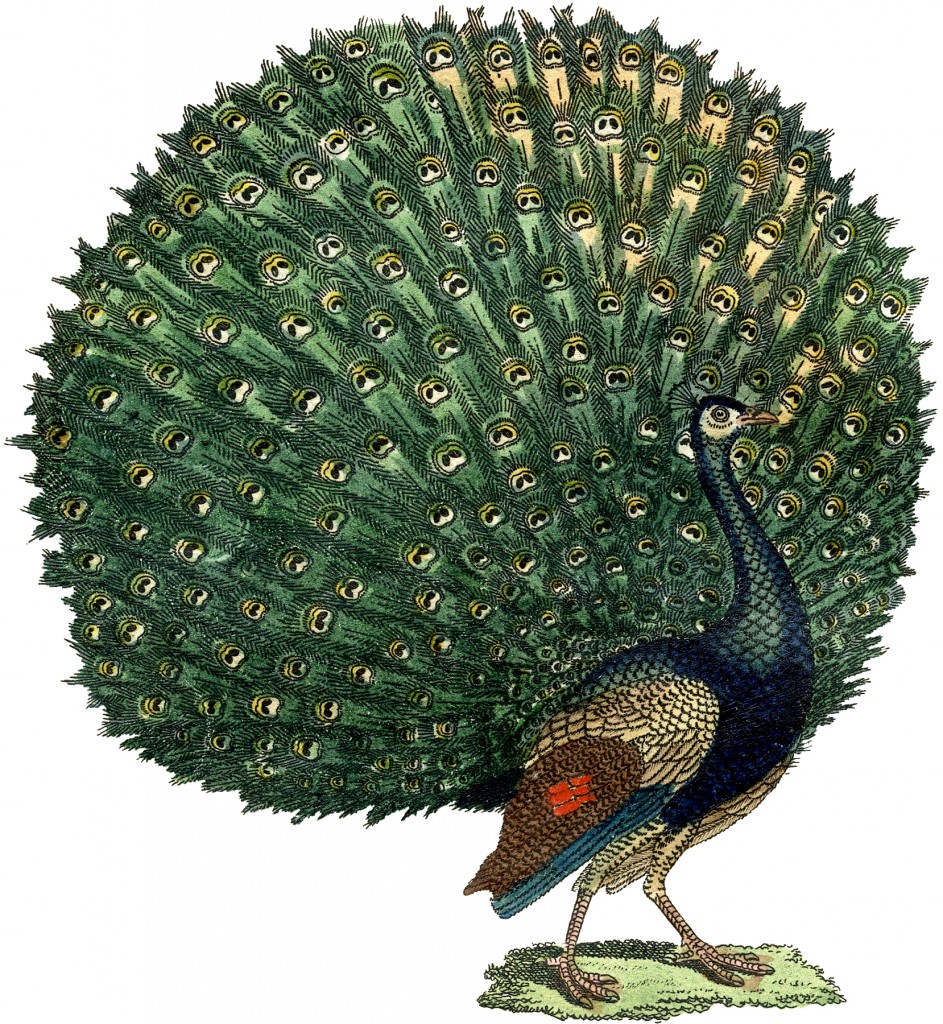
We’re told that ”nearly 150 years later, a new generation of biologists is reviving Darwin’s neglected brainchild.” However, there is more:
Beauty, they say, does not have to be a proxy for health or advantageous genes. Sometimes beauty is the glorious but meaningless flowering of arbitrary preference. Animals simply find certain features — a blush of red, a feathered flourish — to be appealing. And that innate sense of beauty itself can become an engine of evolution, pushing animals toward aesthetic extremes. In other cases, certain environmental or physiological constraints steer an animal toward an aesthetic preference that has nothing to do with survival whatsoever. Ferris Jabr, “NYT Magazine: How Beauty is Making Scientists Rethink Evolution” at New York Times Magazine
Well yes. But if it’s true that the average Darwinian now recognizes that fact, it’s a big change indeed. The New York Times article provides a lot of valuable information in a highly readable way. But one gets the feeling that on Monday, it’s back to the Same Old Same Old. The biologist profiled, Richard
He’s quite right, of course, to dismiss nonsense like “costly fitness,” a sexual selection theory according to which a male proves his fitness by surviving despite a costly handicap like a peacock’s tale. In the world of Something-is-always-trying-to-eat-you, costly fitness is one hypothesis too far.
The biggest problem, which Jabr discusses, is whether beauty really exists or is it just an illusion that promotes our genes’ survival, as a naturalist (nature is all there is) must insist: “Prum’s indifference to the ultimate source of aesthetic taste leaves a conspicuous gap in his grand theory. Even if we were to accept that most
Yet, despite the stale “Darwin himself” creedal statements, the long piece ends on a curiously tolerant, ecumenical note:
Most of the scientists I spoke with said that the old dichotomy between adaptive adornment and arbitrary beauty, between “good genes” and Fisherian selection, is being replaced with a modern conceptual synthesis that emphasizes multiplicity. “Beauty is something that arises from a host of different mechanisms,” says Gil Rosenthal, an evolutionary biologist at Texas A&M University and the author of the new scholarly tome “Mate Choice.” “It’s an incredibly multilayered process.” Ferris Jabr, “NYT Magazine: How Beauty is Making Scientists Rethink Evolution” at New York Times Magazine
There is room for new ideas now, maybe. Also note this:
“The environment constrains a creature’s anatomy, which determines how it experiences the world, which generates adaptive and arbitrary preferences, which loop back to alter its biology, sometimes in maladaptive ways. Beauty reveals that evolution is neither an iterative chiseling of living organisms by a domineering landscape nor a frenzied collision of chance events. Rather, evolution is an intricate clockwork of physics, biology and perception in which every moving part influences another in both subtle and profound ways. Its gears are so innumerable and dynamic — so susceptible to serendipity and mishap — that even a single outcome of its ceaseless ticking can confound science for centuries.” Ferris Jabr, “NYT Magazine: How Beauty is Making Scientists Rethink Evolution” at New York Times Magazine
Huh? “Intricate clockwork of physics, biology
See also: Replication Failures Of Darwinian Sexual Selection Openly Discussed At The Scientist
and
Can sex explain evolution?
Follow UD News at Twitter!